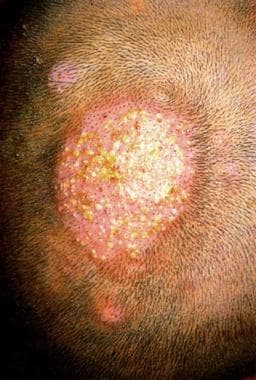
Apply aloe vera gel to the affected area 3 times a day. Apply to the affected area 3 times a day.Īloe vera may soothe the symptoms that come with tinea capitis like itching and redness.Mix a small amount of turmeric powder with a few drops of water to make it a paste.Turmeric is known to inhibit the growth of fungus. Apply it 3 times a day for effective results.Warm the coconut oil and apply to the affected area using a cotton ball.Coconut oil possesses antifungal properties that can prove to be effective in reducing the symptoms of tinea capitis. If you have sensitive skin, mix a few drops of tea tree oil with a carrier oil to avoid allergic reactions.Īnother effective topical remedy that is easily available is coconut oil.Apply tea tree oil to the affected area using a cotton pad or ball.Tea tree oil for years has been used to treat various bacterial, fungal and other microbial infections. Soak a cotton ball in apple cider vinegar solution and gently apply to the affected area.Apple Cider VinegarĪpple cider vinegar has strong antifungal properties that may help in treating tinea capitis. Before applying any home remedies, make sure you have gently cleaned the affected area with soap and water. This prevents the spread of the infection. Keeping the affected area clean is as important as treating it. Here is a list of natural remedies to help you reduce the symptoms of tinea capitis: A. Your doctor may prescribe a shampoo that contains ketoconazole or selenium sulfide. This treatment is usually used in combination with oral medication. Topical TreatmentsĬertain antifungal shampoos may be prescribed by your doctor to remove and prevent the spreading of the fungus. If you notice any of these side-effects, stop medication and talk to your doctor. Side-effects of terbinafine hydrochloride: However, please note that these medications may have adverse side-effects. Oral MedicationĪntifungal oral medications that are usually prescribed by doctors to treat tinea capitis include griseofulvin and terbinafine hydrochloride. It is done under a microscope that may take up to three weeks before confirming that you have got the infection. This hair sample will be sent to a lab for further testing to check for the presence of fungi. Sometimes, doctors prefer taking a sample of your hair to confirm that you have developed the infection. The Wood’s Lamp is a popular way used by dermatologists to check for signs of this infection. It is not difficult to determine that a person has developed tinea capitis. Children between 6-10 years of age are more prone to developing this infection. Tinea capitis is more common among children, although it can affect adults as well. Touching house pets/animals that may be infected.
#Pictures tinea capitis scalp skin

Ringworm is highly contagious, and fungal spores can transfer onto fabrics that come into contact with the affected skin. Dry off immediately after bathing and wear loose fitting, breathable clothes. Ringworm grows in moist conditions, so it is important to keep the affected skin dry while it heals. People can help support healing and prevent reinfection by: Ringworm infections that develop in unexposed areas of skin, such as under the fingernails or toenails, may also require oral antifungal medications. However, people who have tinea capitis usually need to take prescription-strength oral antifungal medications for 1–3 months. A doctor can treat most other forms of ringworm with topical antifungal medications.


 0 kommentar(er)
0 kommentar(er)
